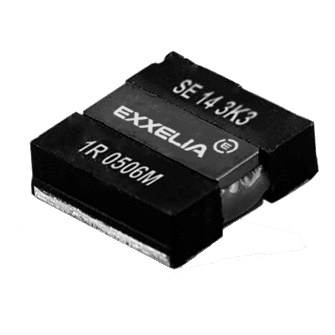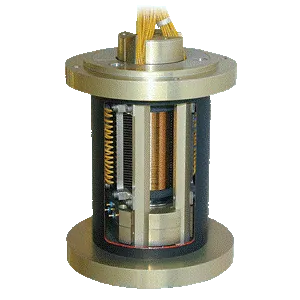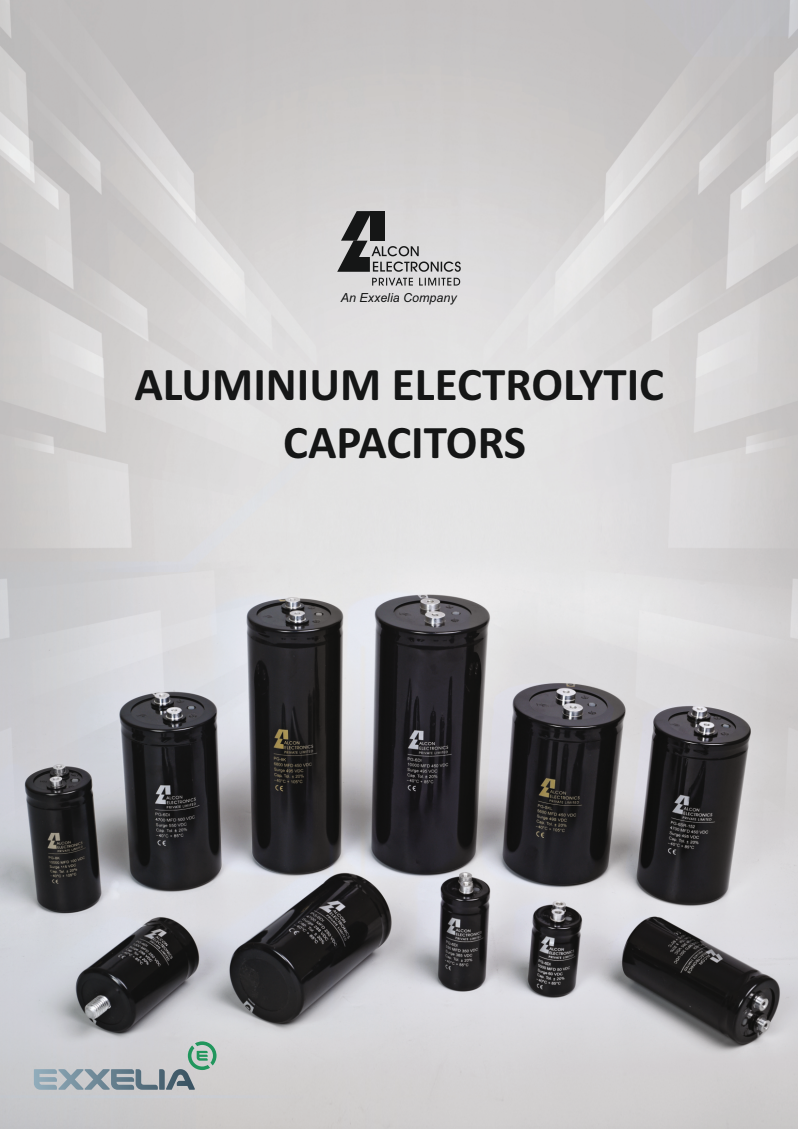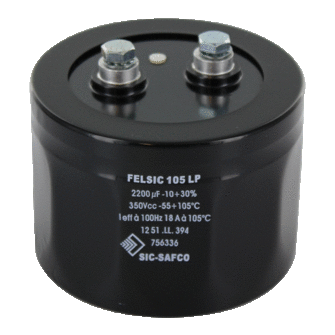
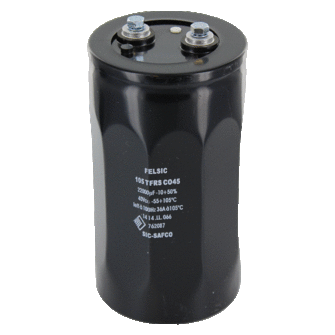
The **FELSIC 105 TFRS** series is an aluminum electrolytic capacitor manufactured according to international standards integrating the ability to withstand high ripple currents, bank capacitor, dc-dc converters, line-operated dc power supplies and energy storage. It offers optimal performance for applications requiring reliability and energy efficiency.
Typical applications :
- Filtering
- Energy storage
|
PN
|
Capacitance
|
Voltage Rated DC
|
Tolerance
|
Operating Temp
|
RoHS
|
|---|---|---|---|---|---|
| A763020 | 4700µF | 10V | -10% +50% | - | - |
| A763021 | 6800µF | 10V | -10% +50% | - | - |
| A763022 | 10000µF | 10V | -10% +50% | - | - |
| A763023 | 15000µF | 10V | -10% +50% | - | - |
| A763024 | 22000µF | 10V | -10% +50% | - | - |
| A763025 | 33000µF | 10V | -10% +50% | - | - |
| A763026 | 47000µF | 10V | -10% +50% | - | - |
| A763027 | 68000µF | 10V | -10% +50% | - | - |
| A763040 | 3300µF | 16V | -10% +50% | - | - |
| A763041 | 4700µF | 16V | -10% +50% | - | - |
| A763042 | 6800µF | 16V | -10% +50% | - | - |
| A763043 | 10000µF | 16V | -10% +50% | - | - |
| A763044 | 15000µF | 16V | -10% +50% | - | - |
Compliance and certifications

NFC

DIN
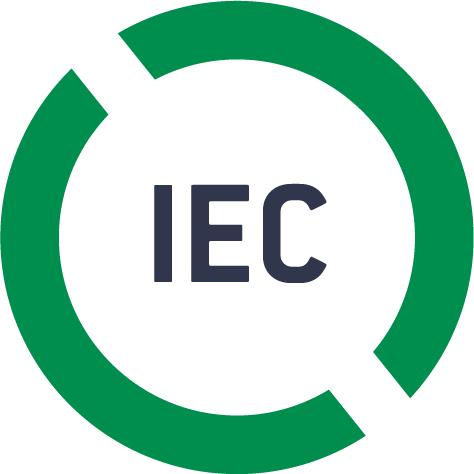
IEC
Would you like to ajust a little something?
Customize it

Frequently Asked Questions
Find answers to the most frequently asked questions about our products and services.
Still have questions ?
Can’t find the answer you’re looking for ? Please contact with our customer service.
Contact


